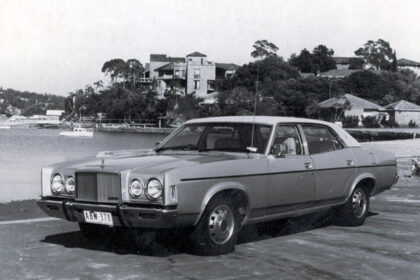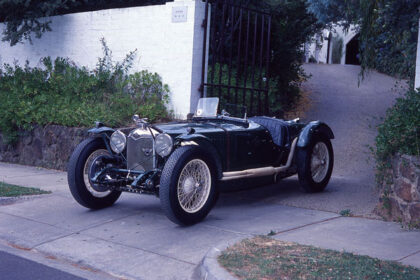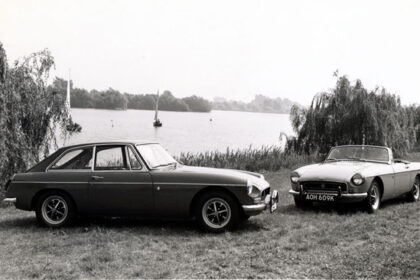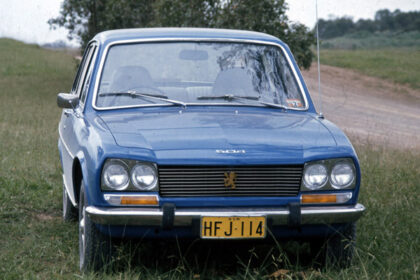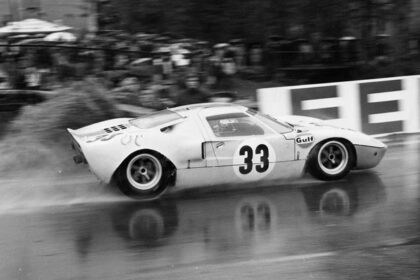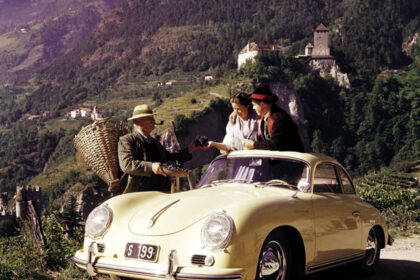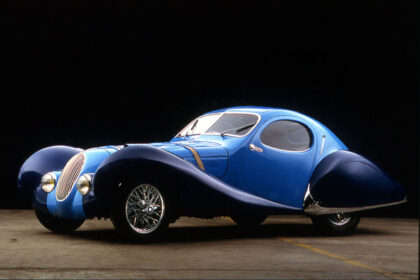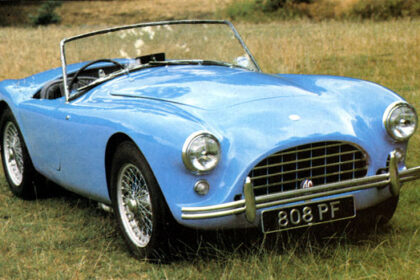RENAULT 40CV
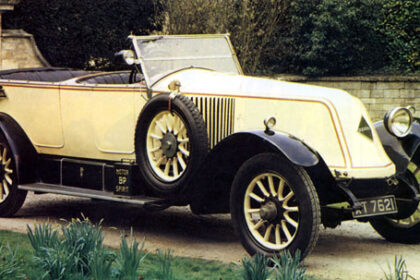
Also referred to as the model NN1, the Renault 40CV of 1924 was designed by Louis Renault and replaced the Renault types KJ and MT. It was powered by a large 9.1-litre straight-six engine mounted in the front of its extremely long chassis and it drove the rear wheels through a three-speed manual transmission. This engine developed 104 kW and drove the car to a top speed of 145 km/h. The NN1 was produced from 1924 through to 1928 as the successor to the Renault KJ and MT and it… Read more





